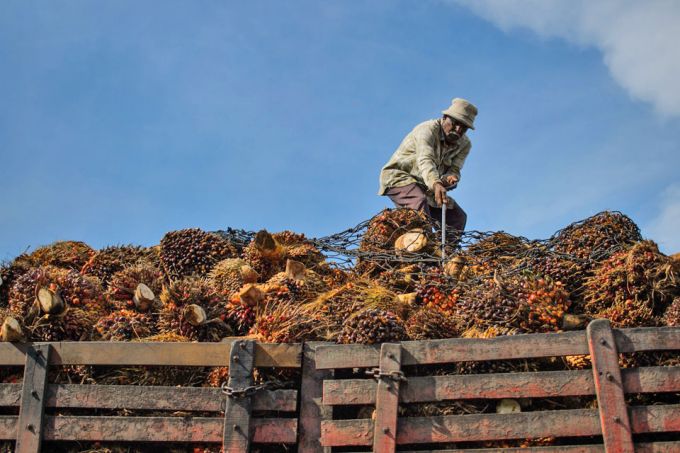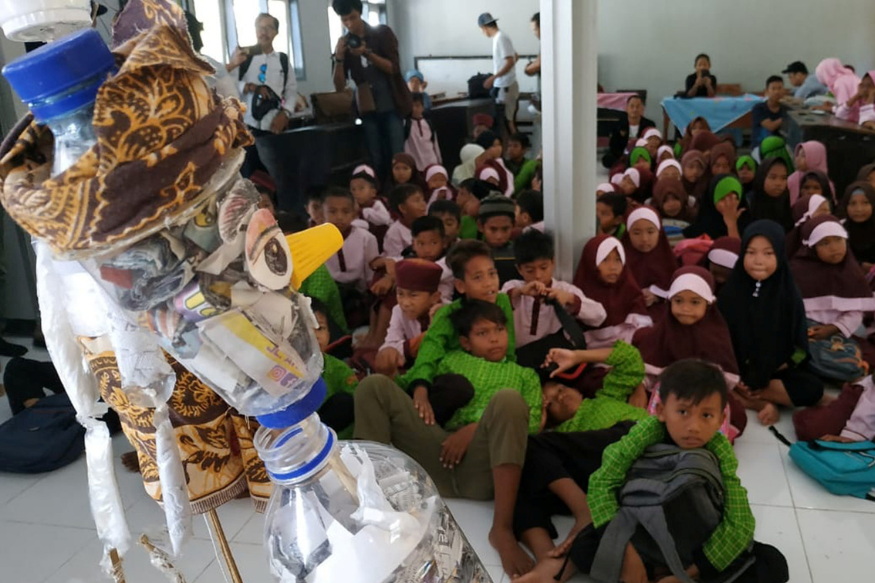- Coal
–
- Philippines
- Coal has long been the primary power source in the Philippines, and large-scale power plants act as a safety crutch in the country’s quest for energy security.
- But the advent of cost-efficient renewable energy technologies is challenging coal’s dominance as the go-to energy source.
- President Rodrigo Duterte has voiced support for renewables but has yet to release an executive mandate that could propel the energy department to change its coal-dependent roadmap.
- Any meaningful shift to renewables would require drastic changes in priorities and perspective, according to an energy think tank.
MANILA — In 1996, when a community in the Philippine municipality of Pagbilao agreed to house a coal power plant a few hours’ drive from Manila, the residents had high hopes. The fishing town saw in the dominating edifice full-time jobs and food on the table, says Warren Puno of the Catholic diocese of Lucena, the provincial capital.
What they didn’t expect, however, was for additional coal plants to follow suit.
After Pagbilao, another power station mushroomed in the nearby municipality of Mauban in 2000; the two plants have a combined generating capacity of 1,594 megawatts, earning the region the title of the “coal corridor” of the Philippines as it’s the only province to house two major coal plants. They also make the region the biggest power producer for the grid that serves the central island group of Luzon.
President Rodrigo Duterte inaugurated a third plant (the 21st nationwide) on Oct. 16, the 500 MW San Buenaventura Power facility in Mauban, citing the venture as a prime example of “clean coal technology” and a significant addition to the country’s green energy roadmap.
Environmental groups, however, are not convinced. “Coal is not clean, not cheap, and not sustainable,” Khevin Yu of Greenpeace Philippines said at a press conference on Oct. 21. “It is unfortunate that another coal plant has been inaugurated in the country, by no less than the president who seems to have been misled or misinformed by the coal industry and its ridiculous myth of ‘clean coal.’”
While Duterte continues to voice support for renewables in his public speeches, his energy department has gone the other way: more coal-fired power plants have been approved for construction since Duterte assumed office in 2016, driving environmental groups to question the government’s commitment to reducing emissions from coal and its transition to renewables as mere lip service.
Bucking the global coal decline
Since the signing of the landmark Paris climate agreement in 2015, coal projects have declined across the world. But it’s a different story in the Philippines and in Southeast Asia. Threatened by looming energy insecurity and with industries dependent on fossil fuels, coal remains the prime power generation source for electrification in the Philippines.
It’s the only country in Asia that gained a 1-gigawatt increase in power sourced from coal this year, which now accounts for 43 percent of the national energy mix. Given new investments, coal’s share of the pie will reach 50 percent in 2030. The energy sector is the biggest generator of the country’s carbon emissions and is at the forefront of its 70 percent emissions reduction pledge in the Paris Agreement, followed by the transport, waste, forestry and industrial sectors.
Duterte, however, has always had misgivings about the Paris Agreement. “I did not sign it … my predecessor signed it,” he said after taking office in 2016. “It will hamper the country’s industrialization agenda,” he added. He threatened to pull out of the agreement but ratified it begrudgingly a year later, when a majority of his cabinet secretaries voted for it.
Three years on, Duterte’s energy policies remain ambivalent, with the Department of Energy signalling a “conditional concurrence” to the deal, reflected in Secretary Alfonso Cusi’s “technology-neutral” bureaucracy. While the department signed renewable energy contracts in 2016, it also pushed for large-scale coal investments with seven committed projects that will provide 3,971 MW nationwide, spearheaded by San Buenaventura’s switch-on in October. “Coal still serves a purpose for our baseload,” Cusi said during his department’s budget deliberations, adding that a coal moratorium could “hurt” the energy sector.
“There remains considerable uncertainty around how these commitments will be achieved … given that continued economic development is contingent on significant increases in power generation capacity,” according to a 2019 report from the Asian Development Bank.
Further, the country’s power roadmap for 2016 to 2040 cements coal’s role in energy security. Both low-carbon and business-as-usual scenarios show anticipated annual supply growth rate from coal, with a 5.5 percent annual increase under business-as-usual and 4.9 under low-emissions scenarios.
“Investing in coal is investing in the climate crisis that is already impacting the lives and livelihoods of millions of Filipinos and costing the Filipino taxpayers billions every year,” Yu said, adding the government should “stop investing in coal, enact a moratorium on all planned coal projects, and enable an immediate energy transition towards clean and cheap renewable energy.”
‘The time is ripe for renewables’
Electricity prices in the Philippines remain among the highest in Southeast Asia, driven by high dependence on fossil fuel imports, high financing costs and uncompetitive market structures that have stifled innovation, according to the Institute for Energy Economics and Financial Analysis (IEEFA), an international think tank.
“There is an unprecedented opportunity to redesign the market to attract lower prices and more investment,” an IEEFA report says. “The government should guard against abuse of market power and anti-competitive agreements such as price fixing without a bidding system.”
But while renewable’s biggest opposition is its upfront high costs, especially for solar, the advent of new and cheaper technologies when matched with existing but underutilized financing schemes can tip the scales in favor of renewables, according to Gerry Arances of the local think tank Center for Energy, Ecology, and Development.
“Solar’s share in the energy mix is still a low 6 percent,” Arances told Mongabay. “But in the past, it never breached the 1 percent mark. But now it jumped in two years — that goes to show that there is a huge, untapped market … and it is growing. The technology, policies, and mechanisms are there to fully transition to renewables. We simply need to fully implement it.”
In the coal corridor, resistance against the fossil fuel ballooned after the energy department approved the construction of three new coal-fired power plants: Tangkawayan (1,000 MW), Atimonan (1,200 MW), and Ibabang (600 MW), in Pagbilao municipality.
“The community started asking: ‘Why are they building here again?’” Puno says. “We are being turned into a trash can. We think coal is dirty and we are becoming a repository for all that dirt.”
Theirs is not a lone sentiment. Around the Philippines, resistance against coal power is gaining ground in at least 12 provinces, with the most vocal opposition in Palawan, where the government approved a 15 MW plant that, according to local environmental groups, threatens the province’s biodiversity and overlooks cheaper renewable power generation options.
“The energy department is in a better position to begin the transition because the renewables technology is there,” Arances says. “Prices won’t plummet if the industry is not ripe for renewables. It’s about time that the Department of Energy puts its act together and shepherd the transition.”
Banner image of the coal-fired Quezon Power Plant in Mauban, Quezon. The 511-megawatt power plant was commissioned in 2000 and is owned and operated by Quezon Power Limited Co. Image by Lawrence Ruiz (Epi Fabonan III) via Wikimedia Commons (CC BY-SA 4.0)














